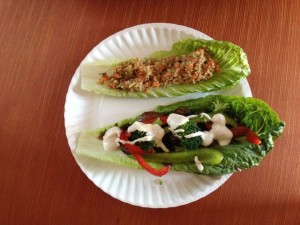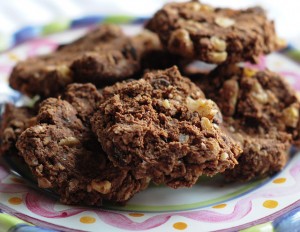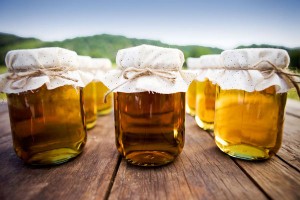Is Stevia good for me?
It is pretty much known that processed sugar is very unhealthy and it contributes to cardiovascular disease and cancer. However, Americans eat more sweets than ever before. It is almost difficult to find food in the grocery store which does not have high fructose corn syrup, sugar, dextrose etc. A lot of sugar is hidden in ketchup, most sauces, cereals, breads etc.
So some people are aware that sugar is not good so they use diet products which has artificial sweetener in them which can cause many other health problems. It was never proven that people lost weight on diet foods. In fact, they feed artificial sweetener to cows which they have found increases their appetite and consequently they eat more and gain more weight which means more money. So artificial sweetener is a NO NO in a healthy diet.
What about Stevia? Here is what studies have shown:
1. In one study, when participants consumed stevia before their meals, they felt satisfied with fewer calories, and did not eat more food throughout the day to make up for the lack of food at their meal. (2)
2. In that same study, the stevia group showed lower after-meal glucose and insulin levels. (2)
3. One of the biggest issues around healthy blood sugar levels is the fasting glucose levels, which refer to the glucose levels in the morning after consuming no food for eight hours. During the night, the liver releases a certain amount of the hormone cortisol, in order to prepare for the stressors of the coming day. The liver matches this cortisol with glucose, to drive the energy needed for that day. The liver makes this glucose by itself through a process called gluconeogenesis. While it is not clear why, the liver often overshoots the runway, allowing glucose levels to rise to unhealthy levels in the morning. Anything over 85mg/dL is considered too high. There are a handful of agents that will slow the liver’s production of first morning blood sugars and stevia is one of them. (3) This is a pretty amazing effect!
4. Stevia has also been shown to support healthy intestinal, urinary, and immune functions.
5. Stevia has been shown to support healthy blood pressure levels.
Out of the benefits listed above, stevia’s strongest effects seem to be its ability to help regulate blood sugar and blood pressure levels.
Grocery store shelves can attest to the fact that stevia is making its way into the mainstream, replacing other sweeteners in many comfort foods and packaged products. As far as I can tell from the research, this may be a very good thing. There is no doubt that, if we are going to be ingesting sweets, pure, unadulterated stevia ranks better than any of them. While I have not seen research comparing the effects of processed or extracted stevia with that of raw stevia, I always suggest non-processed products whenever possible.
Lets talk about the taste. It does not taste as good as sugar and one gets used to that unique stevia taste, research seems to show that it is a very healthy alternative to sugar. At least REDUCE the amount of sugar you are eating, your body will thank you for it.
References:
1. Cardiovasc Hemotol Agents Med Chem. 2010; 8(2):113-27 An Evidence Based Review of Stevia
2. Appetite 2010;55(1):37-43. Effects of Stevia
3. Planta Med. 2005;71(2):108-13. Mechanism of Hypoglycemic Effect of Stevia
4. Iafelice R. Sweet As Sugar. 2014. Feb 2014
 2 cups walnuts
2 cups walnuts
